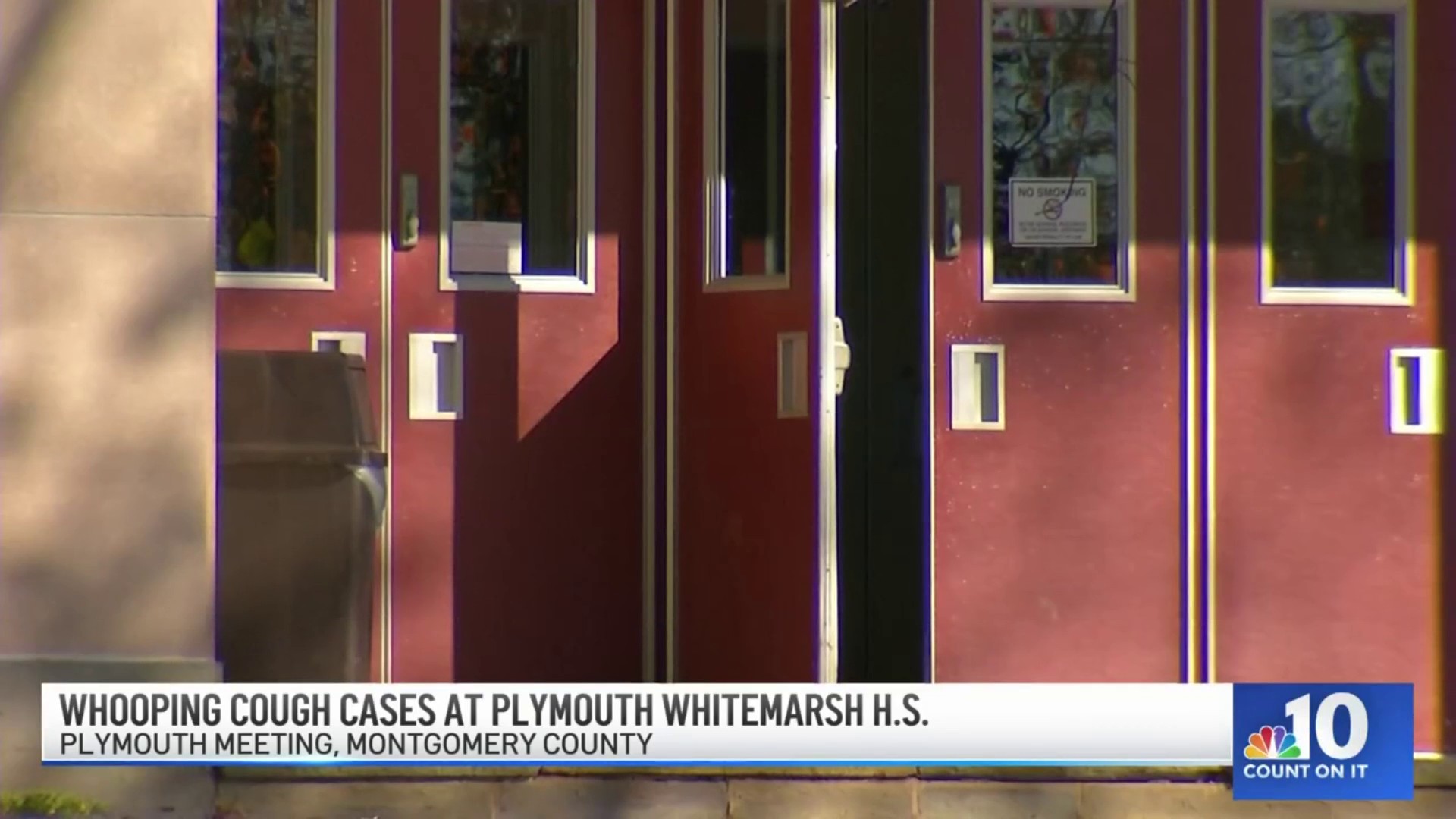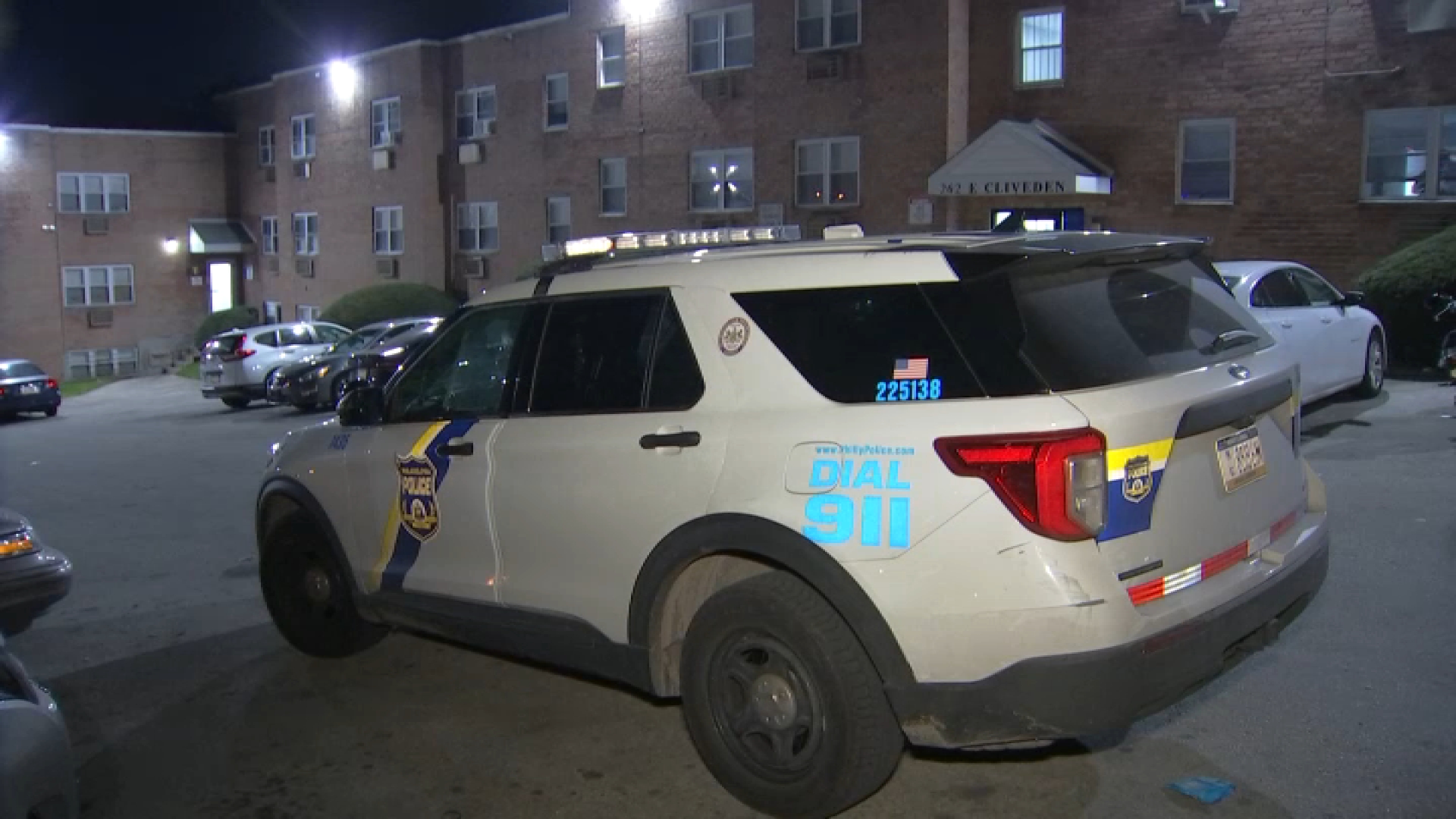The National Transportation Safety Board says the New Jersey bridge where a train derailed last week had several recent signal and alignment problems. The new information was revealed during a press conference with NTSB chairman Deborah Hersman on Monday. Hersman gave a detailed account of the events leading up to the accident on the Paulsboro bridge over Mantua Creek on Friday.
According to Hersman, the train approached the bridge at 7 miles per hour, slowed and stopped after passing a yellow signal. Prior to the bridge there was a red signal, meaning the bridge was in a closed position and was therefore closed to recreational vessel traffic on Mantua Creek.
The train remained on the north side of the bridge for about 7½ minutes, according to Hersman. During that time, the NTSB claims the engineer tried to key in a code that would close and lock the bridge, giving him the green signal to proceed. He keyed in a code but the signal did not change and instead remained red. The conductor got out of the train and walked the bridge about 200 feet.
He then reported to the engineer that everything looked fine. The engineer then tried to key in the code several more times but was still unable to get a clear or green signal.
The two then heard an annunciation from the bridge stating that the “bridge failed to operate.” The engineer called the dispatcher and requested permission to proceed past the red signal. The engineer told the dispatcher the conductor had taken a look at the bridge and everything appeared fine. The dispatcher then authorized them to proceed across the bridge.
The train began to move across the bridge at 7 a.m. According to a statement the crew provided the NTSB, two locomotives and a few cars cleared the bridge before the bridge, “collapsed and the derailment occurred.”
The crew immediately applied emergency braking, brake pressure was lost and pressure went down rapidly. Once the train stopped, the crew remained at the scene for around 20 minutes. The first calls to police and emergency responders were made and they responded at 7:03 a.m. A resident, who happens to be the deputy fire chief for the community also notified authorities, according to the NTSB.
Local
Breaking news and the stories that matter to your neighborhood.
The engineer and conductor got out and immediately assisted the emergency responders who cut the locomotives away from the cars and moved the cars from the accident site. The emergency responders then began their assessment.
After providing a timeline of the accident, Hersman then provided more information on the actual bridge. According to the NTSB, the bridge is open to recreational traffic from March 1 to December 1. It then defaults into a closed position after December 1.
When trains approach the bridge they must key in the code to close the bridge and create a green signal for the train to cross. Once the train clears, the bridge will automatically reopen. There are continuous yellow signals as you approach the bridge and conductors must be prepared to stop and get into one of the blocks to see if there is any vessel approaching. There is about a 100 foot long block to make this assessment.
The signal only displays green when the bridge is closed and locked and the train is allowed to cross. At all other times, the display is red. There are three verbal announcements that the train makes. Those are “open,” “closed,” and “failed to operate.”
The bridge is a single track movable swing bridge. Four slide locks disengage and all four locks must be fully locked for the bridge to lock and for the light to turn green for trains to cross. The NTSB says they requested inspection records, work records and the plan for the bridge from Conrail.
According to the plan, the bridge undergoes an underwater inspection every five years. The last one was done in 2009 while the next one is set to take place in 2014. There is also a semi-annual structural inspection which was last completed in November and May of 2012. The Conrail bridge plan also has a quarterly moveable hardware inspection. The last one was conducted in June of 2012 while the next one should have been done in November of 2012. However, there is no record of this inspection.
The NTSB also asked about post-Sandy inspections done on the bridge. After Sandy struck, there were two cursory visible inspections on October 30 and October 31.
The NTSB also asked for records of work that has been done on the bridge. Since December 1, of 2011, there have been 23 trouble tickets or work that needed to be done by railroad crews for the bridge. They also announced there have been nine trouble tickets reported since October 27. These tickets document several issues such as debris on the bridge, light bulbs that need to be replaced as well as moveable parts and locking mechanisms.
On November 19, at 11:21 p.m., a call was initiated for a trouble ticket, according to the NTSB. A crew walked the bridge and noted that it was not locked. On the day before the accident, on November 29 at 3:17 a.m., another trouble ticket was issued by a train crew that approached the bridge. They noted that the bridge was four inches shy of being closed. They also noted that they keyed in a code and it closed after several attempts. They keyed in a green signal and they then proceeded across the bridge.
Based on their trouble ticket, two supervisors from Conrail came out between 9:30 a.m. and 10 a.m. that same day. They underwent a two hour inspection and made adjustments to the bridge so that it would work properly. They then closed the ticket. Four more trains moved over the bridge that day. The last train that crossed the bridge that day crossed at 11: 15 p.m. and had a green signal. Around 10 minutes after that last train crossed the bridge, an annunciation from the bridge stated “bridge failed to operate.”
The NTSB says they continue to gather records and will be accessing the accident site after remediation is complete.
Despite all the information, the NTSB is not pointing blame at anyone at the moment and continues to investigate, gather records and conduct interviews.
Hersman ended the press conference by stating the following:
Right now the priority is to re-mediate the product for the safety of the community and investigators. We have a lot of work ahead of us. There are a lot of records and interviews to go through. NTSB will continue to provide information they have to share with us.



